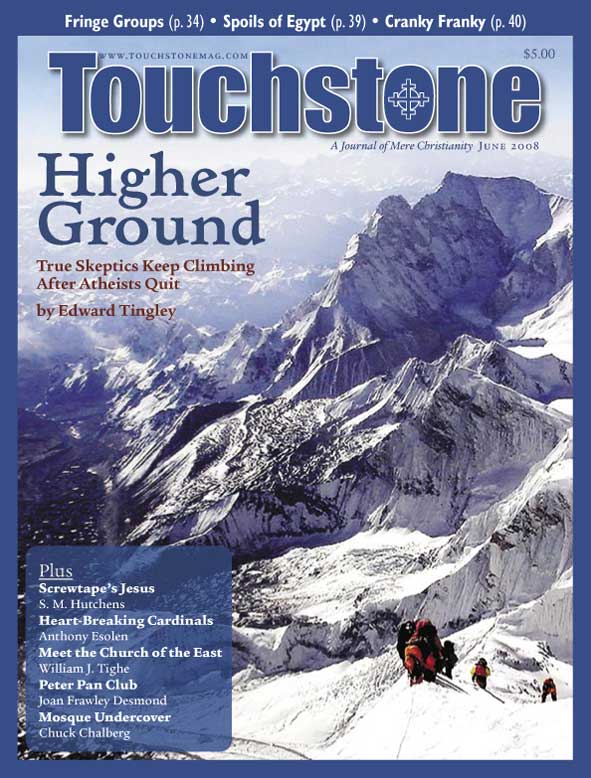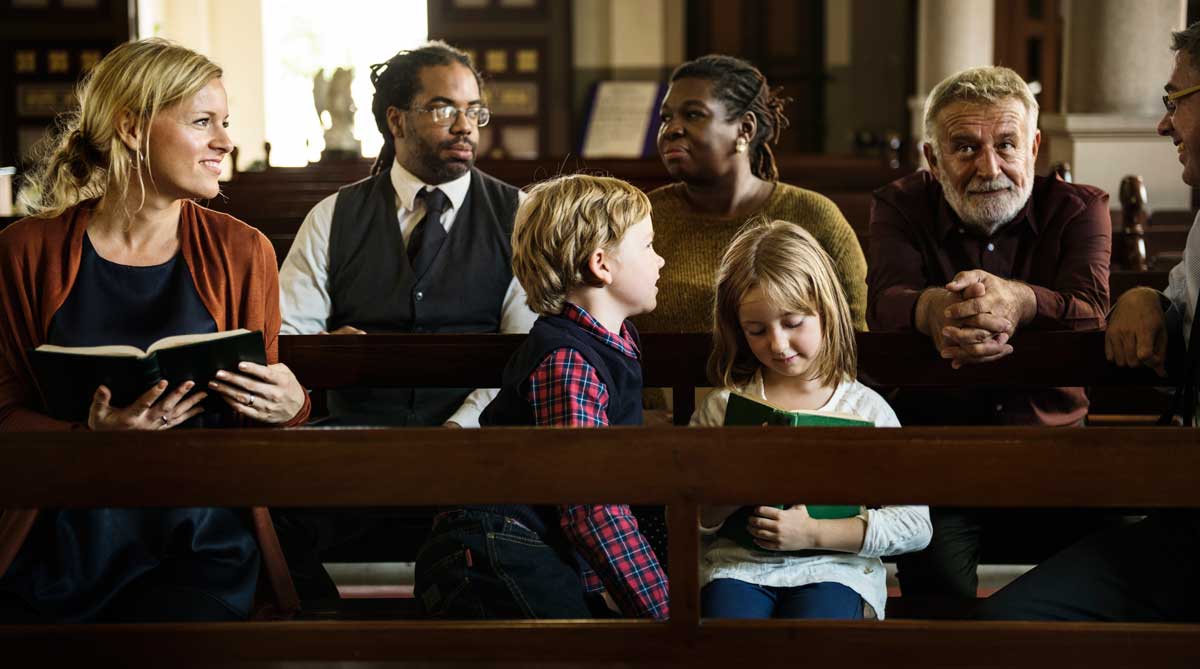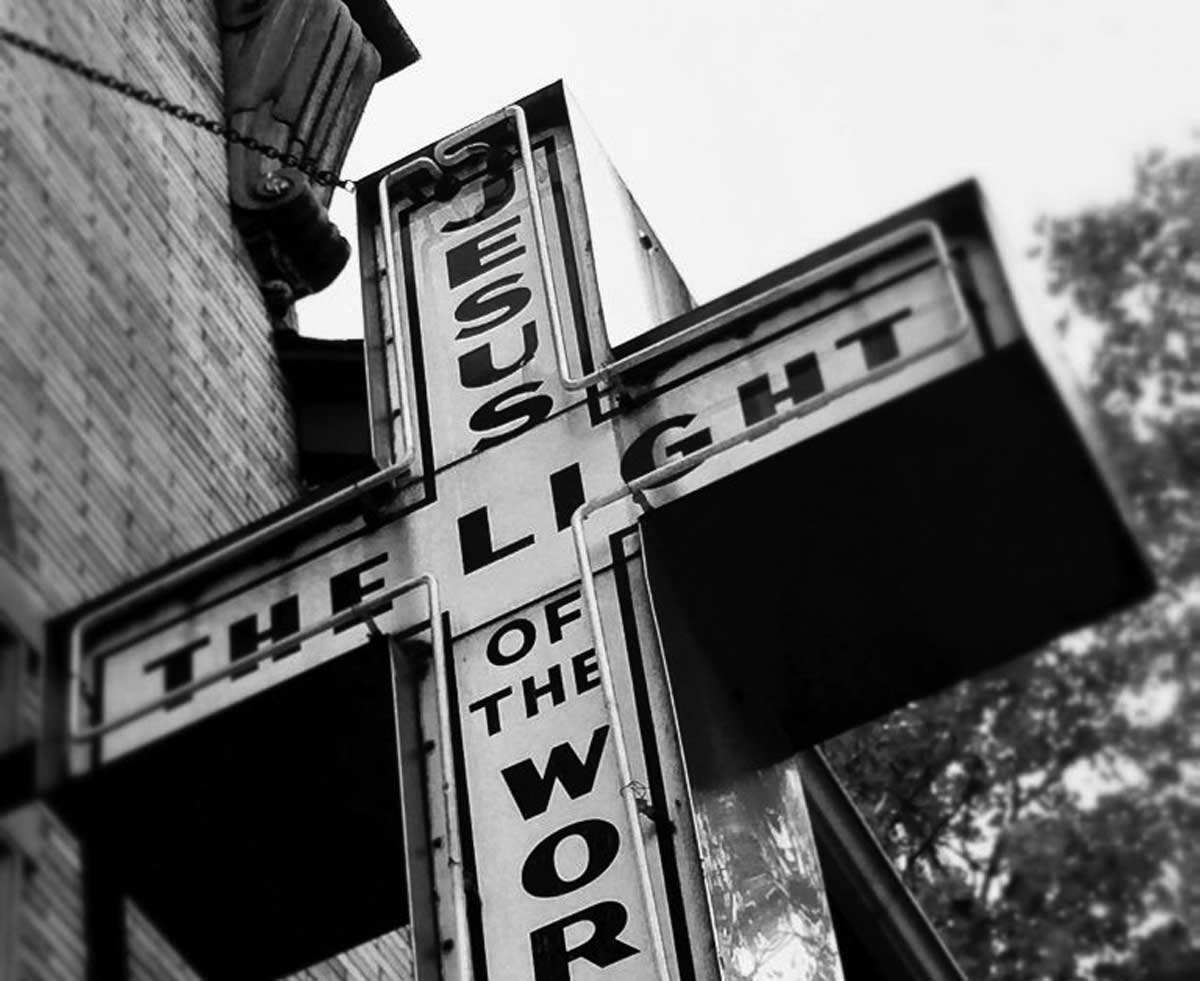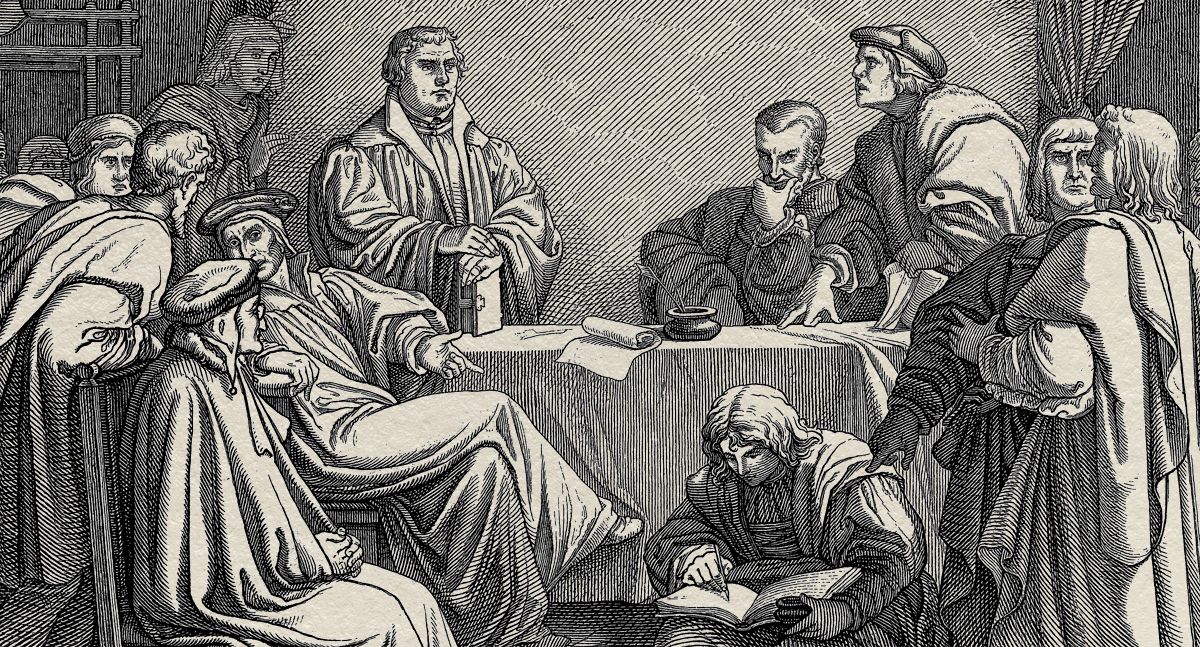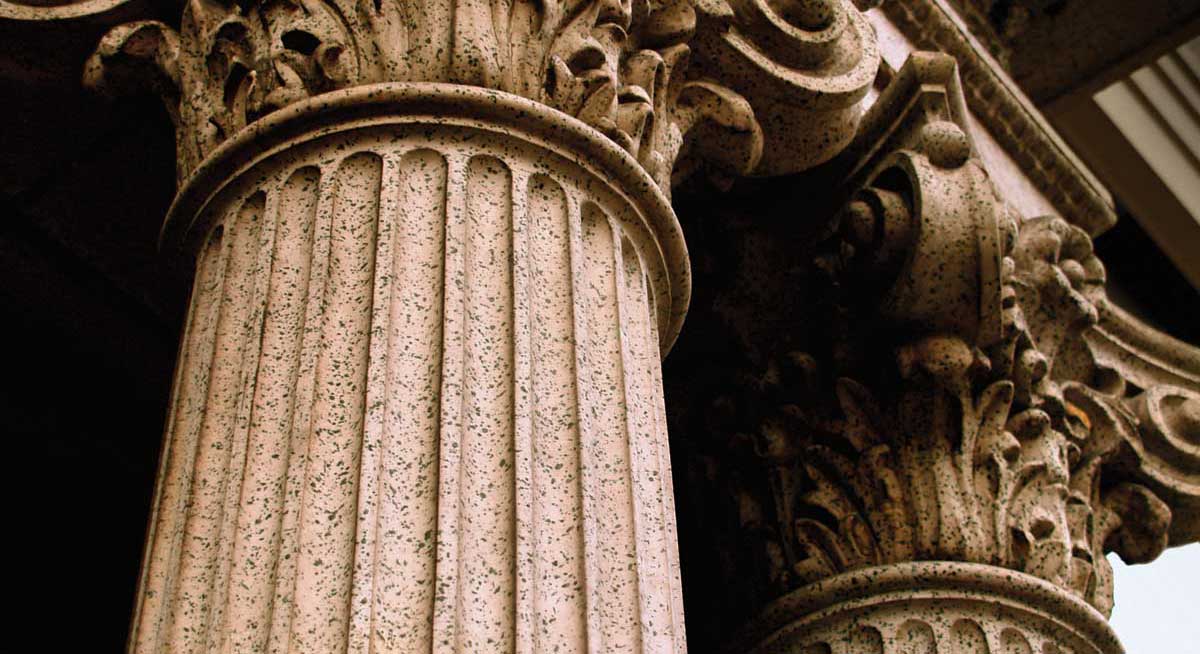The Shadow of Nestorius
An Alienated but Enduring Church After the Third Ecumenical Council
The Church of the East: An Illustrated History of Assyrian Christianity
by Christoph Baumer
I. B. Tauris, 2006
(336 pages, £27.50 [approx. $54.75], hardcover)
A review by William J. Tighe
The Holy Apostolic and Catholic Assyrian Church of the East,” the subject of this fascinating and lavishly illustrated book, has often been known as the Nestorian Church due to its rejection of the third ecumenical council, which met at Ephesus in 431 and condemned the teachings of Nestorius, Patriarch of Constantinople. This church consequently lived much of its history in separation and alienation from other ancient Christian churches—the Catholic, the Orthodox, and the Oriental Orthodox. It also was decimated and scattered by an attempted Turkish genocide at the end of World War I.
I. THE HISTORY
Nestorius (c. 382 – c. 452) was a monk of Mesopotamia who had studied under the great Syrian theologian and bishop, Theodore of Mopsuestia (352–428), and earned a reputation for zeal, eloquence, theological learning, and personal asceticism that brought him to the patriarchal throne in 428. His zeal, however, rapidly made him odious to various constituencies in Constantinople. His theological skill was matched with a disdain for his opponents and with a stubborn persistence in his own views that was to contribute to their condemnation at Ephesus and to his own removal and confinement for the rest of his life.
The “School of Antioch,” to which he belonged, tended to stress a “literal and historical” reading of the Bible; emphasized a sharp distinction between the divine nature and the human nature of the Incarnate Christ (which, in its most extreme form, spoke of the “two sons”); and emphasized the moral striving of free-willed human beings, incorporated into Christ by baptism and strengthened by the Eucharist, to follow Christ’s precepts.
Antioch’s theology was sharply at odds with the “School of Alexandria,” which favored mystical and allegorical readings of the Bible; stressed the unity of the divine and human natures in the one person of the Incarnate Christ; and emphasized the communication of resurrection and immortality to individual Christians through baptism and participation in the divinized Flesh and Blood of the Incarnate Christ at the Eucharist. Whereas Alexandria favored the “communication of idioms” between Christ’s two natures, such that one might say that “one person of the Trinity suffered in the flesh and died on the cross,” this was a blasphemous assertion to the Antiochenes.
The clash arose from Nestorius’s denial that the Blessed Virgin Mary should be termed “Theotokos” or “Mother of God”—a watchword of the School of Alexandria and a title dear to popular piety in Constantinople. His opponents, led by the learned and politically sophisticated Patriarch of Alexandria, Cyril (c. 375–444), claimed, inexactly but not implausibly, that Nestorius and his supporters believed that, in Christ, two persons coexisted side by side, the “Word of God” and the “Man Jesus,” and that the two were united only by a “moral union” of their two wills.
Nestorius exasperated many by insisting on “exactitude” in theological terminology despite his own vagueness on the central point at issue in the controversy: the existence of what might be termed today one “center of consciousness” in the Incarnate Christ. Cyril’s skill and Nestorius’s stubbornness, plus the unwavering support that Pope Celestine gave to Cyril, ensured Nestorius’s condemnation at Ephesus. Further, in 433, Cyril’s theological adroitness enabled him to reconcile the greater part of the Antiochene bishops and theologians to Nestorius’s condemnation in the “Formula of Reunion.”
But the minority that insisted on the orthodoxy of Nestorius’s views soon had to flee from the Roman Empire across the Mesopotamian frontier into the Persian Empire, where, over the next four decades, their views came to dominate the native Syriac-speaking Christian Church. This church ever afterwards looked back to Theodore of Mopsuestia (whose Christological views were condemned posthumously by the fifth ecumenical council in 553) as its teacher par excellence and to Nestorius as a theologian of note unjustly condemned through the intrigues of his enemies, especially the scheming Cyril.
William J. Tighe was Professor of History at Muhlenberg College in Allentown, Pennsylvania, until his retirement in 2024. He is a member of St. Josaphat Ukrainian Catholic Church in Bethlehem, Pennsylvania.He is a senior editor for Touchstone.
subscription options
Order
Print/Online Subscription

Get six issues (one year) of Touchstone PLUS full online access including pdf downloads for only $39.95. That's only $3.34 per month!
Order
Online Only
Subscription

Get a one-year full-access subscription to the Touchstone online archives for only $19.95. That's only $1.66 per month!
bulk subscriptions
Order Touchstone subscriptions in bulk and save $10 per sub! Each subscription includes 6 issues of Touchstone plus full online access to touchstonemag.com—including archives, videos, and pdf downloads of recent issues for only $29.95 each! Great for churches or study groups.
Transactions will be processed on a secure server.
more on ecumenism from the online archives
more from the online archives
calling all readers
Please Donate
"There are magazines worth reading but few worth saving . . . Touchstone is just such a magazine."
—Alice von Hildebrand
"Here we do not concede one square millimeter of territory to falsehood, folly, contemporary sentimentality, or fashion. We speak the truth, and let God be our judge. . . . Touchstone is the one committedly Christian conservative journal."
—Anthony Esolen, Touchstone senior editor





